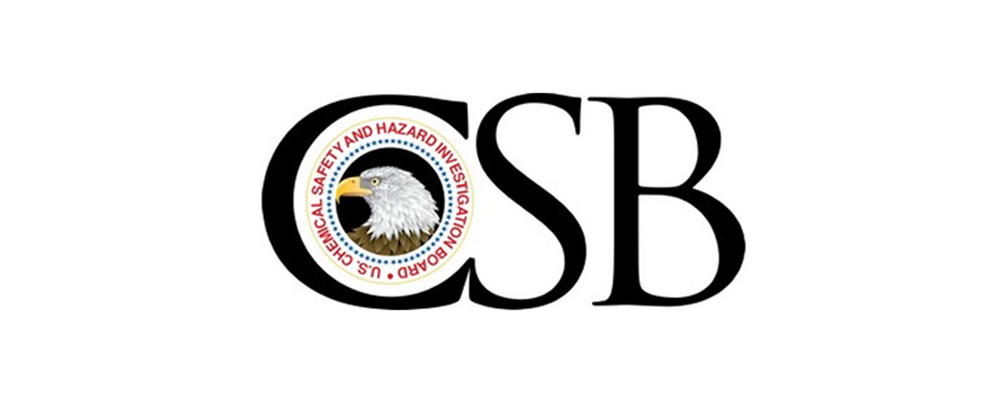
The US Chemical Safety Board’s final report into a chemical leak that tainted the drinking water of 300,000 West Virginians in 2014 has concluded that the State must put a greater focus on storage-tank safety.
The incident happened on the morning of January 9th, 2014, when an estimated 10,000 gallons of Crude Methylcyclohexane Methanol (MCHM) mixed with propylene glycol phenyl ethers (PPH Stripped) were released into the Elk River.
A subsequent investigation found a 46,000-gallon storage tank located at the Freedom Industries site in Charleston, failed. As the chemical entered the river it flowed towards West Virginia American Water’s intake, which was located approximately 1.5 miles downstream from the Freedom site.
Speaking on the release of the CSB’s final report, chairperson Vanessa Allen Sutherland said future incidents could be prevented with “proper communication and coordination”.
“Business owners, state regulators and other government officials and public utilities must work together in order to ensure the safety of their residents,” she added. “The CSB’s investigation found fundamental flaws in the maintenance of the tanks involved, and deficiencies in how the nearby population was told about the risks associated with the chemical release.”
CSB report highlights lessons learned
The CBS’s investigation found that Freedom’s inability to immediately. As such, it calls for public health agencies to coordinate with water utilities, emergency response organisations and facilities storing chemicals near drinking water sources
Key lessons include:
- Above ground storage tank owners should establish regular inspection and monitoring and coordinate with nearby water utilities and emergency response organisations to ensure that they provide adequate information about their stored chemicals for effective planning in the event of a leak
- State governments should act immediately to protect source waters and the public from unknown and potentially hazardous chemicals
- Water utilities should engage with their Local Emergency Planning Committees (LEPCs) and/or State Emergency Response Commission (SERC) to obtain Tier II information. The information obtained should be used to identify water intakes that could potentially be at risk of contamination from those chemicals in the event of a spill or release
- Water utilities should assess the capabilities of their water treatment systems to contain potential leaks for all potential sources of significant contamination within the zone of critical concern
- Where feasible, water utilities should ensure laboratory testing methods are available to detect the presence or measure the concentration of potential contaminants or classes of contaminants
- Public health agencies should coordinate with water utilities, emergency response organizations and facilities storing chemicals near drinking water sources
More about the US CSB
The CSB is an independent federal agency charged with investigating serious chemical accidents. The agency’s board members are appointed by the president and confirmed by the Senate. CSB investigations look into all aspects of chemical accidents, including physical causes such as equipment failure as well as inadequacies in regulations, industry standards, and safety management systems.


